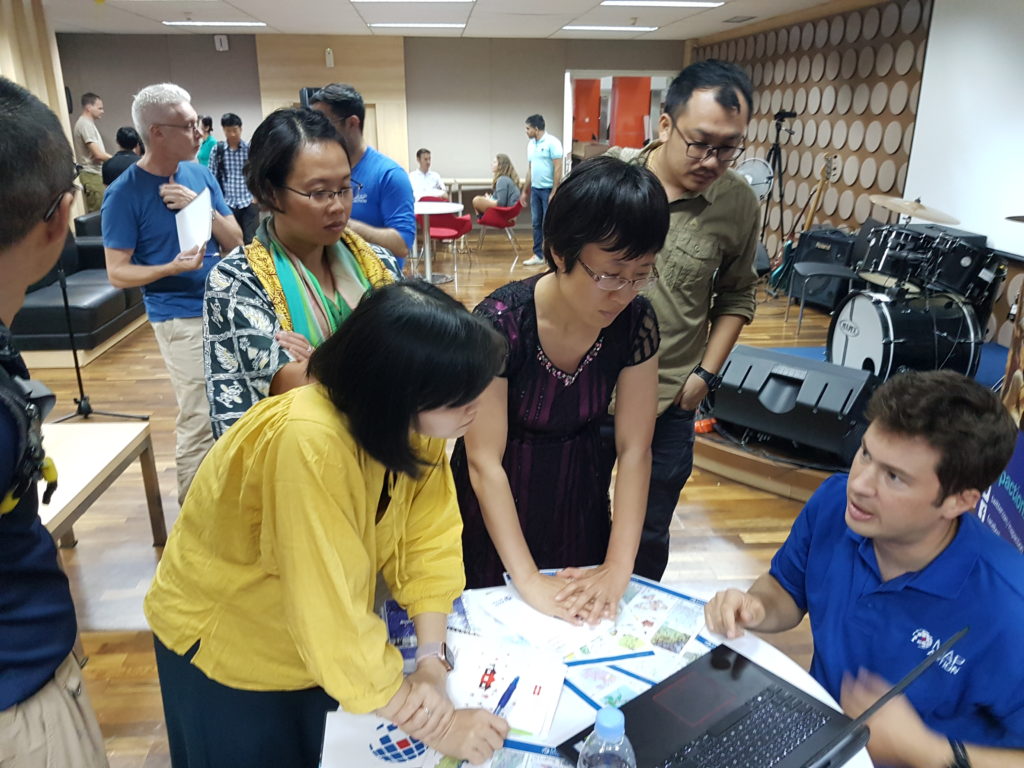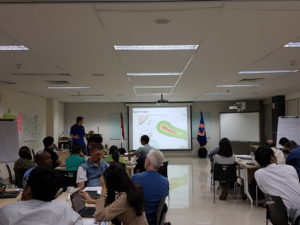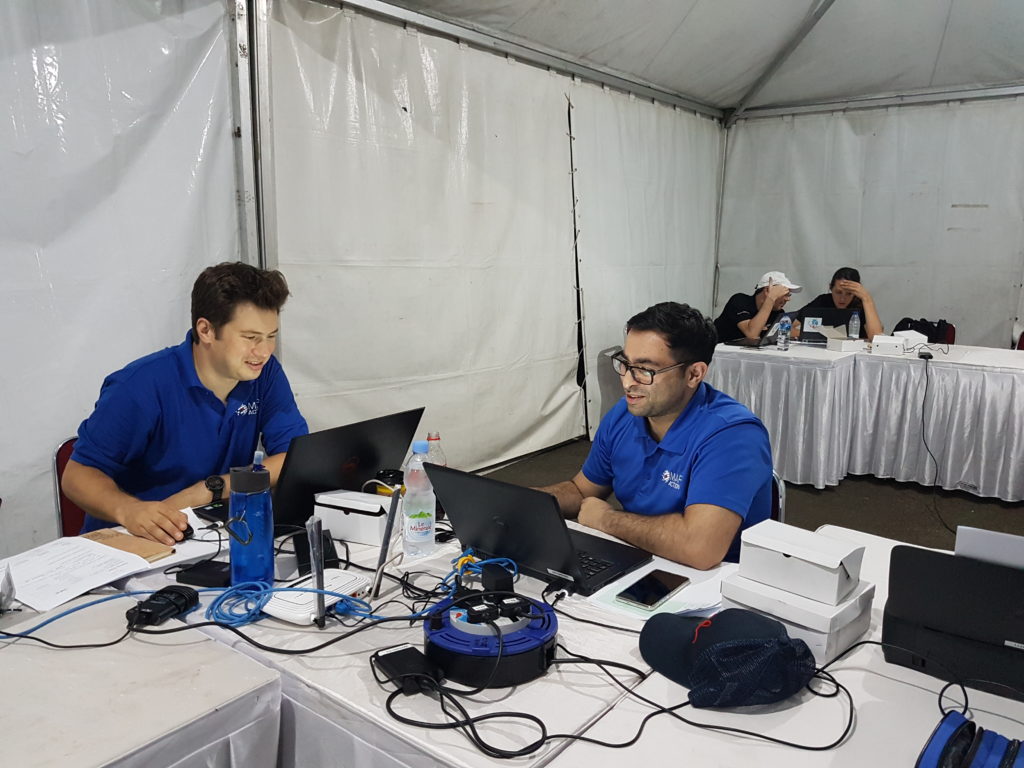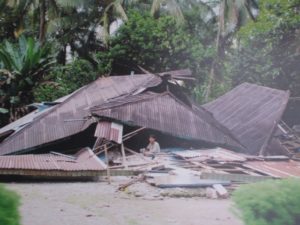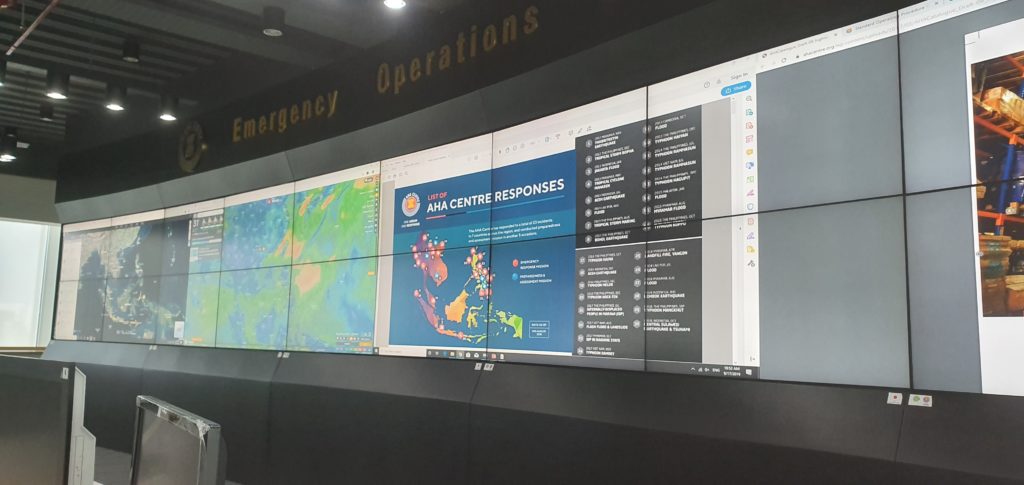
We are working with our colleagues in the Association of Southeast Asian Nations (ASEAN) Coordinating Centre for Humanitarian Assistance on Disaster Management (AHA Centre) to share valuable insights and experience, and to learn about how AHA is adapting and developing the expertise of its team.
The centre recently ran a series of virtual sessions which provided the opportunity for graduate members of ASEAN’s Emergency Response and Assessment Team (ASEAN-ERAT) the chance to hone their technical skills and consult with experts. The programme also refreshed members’ memories and enhanced their technical competencies.
MapAction ran a session on response mapping which included guided tutorials and self-paced learning on how to make use of Excel and Google Earth in an emergency. Participants learned how to use the tools and techniques quickly and efficiently in the early stages of a response and how they might also support decision makers in the response teams. These techniques were built on during the other sessions led by AHA staff on data collection and analysis, data visualisation and developing information management dashboards. The sessions were tested during a four hour online simulation exercise.
The online course was composed of eight people from across the ASEAN region including Brunei, Laos, the Philippines and Indonesia who had graduated from previous courses.

MapAction and the AHA Centre have signed a Memorandum of Intent with each other which formalises our joint efforts to help build mapping and information management capacity among humanitarian actors in the ASEAN region, as well as helping them prepare for disasters by putting in place essential geospatial information and resources. This training forms part of this ongoing activity.



